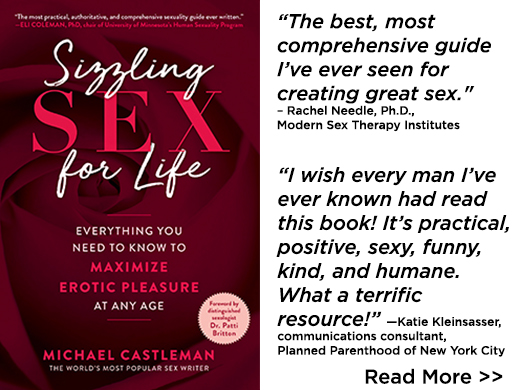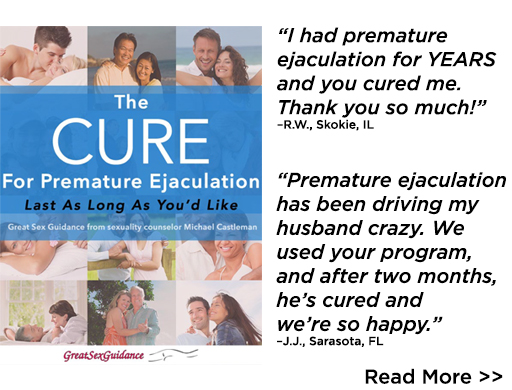
A brief guide for women—and their partners—to emergency contraception, IUD insertion, and medication abortion
In the wake of the U.S. Supreme Court’s ruling overturning women’s right to abortion, those seeking to end pregnancies have four options: emergency contraception, prompt insertion of an intrauterine device (IUD), medication abortion, or travel to an abortion clinic in states where medical abortion remains legal.
Medical abortion is virtually 100 percent effective at terminating pregnancy. Prompt IUD insertion is also close to 100 percent effective. Emergency contraception and medication abortion are around 98 percent effective. Compared with crossing state lines to obtain a medical abortion, the other three options are quicker, easier, more private, less disruptive to women’s lives, and usually cheaper.
Here’s what women—and their partners—should know about alternatives to medical abortion.
Emergency Contraceptives (Plan B, Next Choice, ella)
The original name, the “morning-after Pill,” is a misnomer. They are not limited to the morning after. Emergency contraceptives should be taken as quickly as possible after unprotected or inadequately protected penis-vagina intercourse. But emergency contraceptives are quite effective for up to three days after intercourse. They may work for up to five days, but don’t count on that. Brands available in the U.S. include Plan B One Step and Next Choice (both contain the progestin hormone, levonorgestrel), and ella (containing another progestin, ulipristal acetate).
Plan B and Next Choice are available over the counter at pharmacies—no prescription necessary. Ella requires a prescription.
Millions of American women have used emergency contraceptives. They are a major reason why the medical abortion rate has fallen to a near-record low (below).
Plan B and ella involve one high-dose birth control pill, and should be taken within three days of unprotected intercourse. Next Choice requires two pills taken no more than 12 hours apart, with the first taken within 3 days.
Like birth control pills, all three prevent ovulation. Sperm that enter the fallopian tubes don’t find eggs.
Plan B, the most popular emergency contraceptive, is around 98 percent effective. But in women who are overweight (body mass index 30 or greater), effectiveness decreases to 93 percent. Effectiveness declines as time passes after intercourse. If taken after three days, Plan B’s effectiveness drops to around 90 percent. Plan B costs $40-50 per dose. Generic versions are usually cheaper. Brands include My Way, Option 2, Take Action, Aftera, My Choice, and EContra.
Next Choice is as effective as Plan B. It costs $20 to $40.
Ella is around 98 percent effective. It costs $40 to 70 per dose. In women who are overweight, it is 97 percent effective.
Most women can use emergency contraceptives. But women should not use them if they cannot take birth control pills, or if they suspect they’re pregnant, or are breastfeeding, or if they experience abnormal vaginal bleeding that has not been medically evaluated. When in doubt, consult your physician, gynecologist, or family planning provider.
Emergency contraceptives may cause transient side effects, including headache, fatigue, dizziness, stomach pain, nausea, breast tenderness, cramping, and menstrual changes—spotting, delayed menstruation, and heavier flow.
Women know this method worked if their next menstrual period arrives as expected. If it’s more than a week late, pregnancy is possible. Take a pregnancy test and consult a physician or family planning clinic.
Since the Supreme Court decision, women nationwide have been stocking up on emergency contraceptives to the point that some drug stores have reported shortages. Stocking up is a good idea, but here’s a better one: Commit to incorporating non-emergency contraception into your relationship (see below).
Medication Abortion
FDA-approved medication abortion is induced miscarriage. It uses one prescription drug, mifepristone, to block the action of pregnancy hormones, and another prescription medication, misoprostol, to cause the expulsion of any embryo. Women should expect a few hours of heavy bleeding and cramping followed by several days of lighter bleeding.
Medication abortion is most effective during the first 11 weeks of pregnancy. After that, it’s more painful and less effective. As time passes, the risk of complications also increases.
Both Planned Parenthood and the American College of Obstetricians and Gynecologists endorse the two-drug approach, both mifepristone and misoprostol. Women take mifepristone first, followed by misoprostol 24 to 48 hours later. This drug combination is around 97 effective.
But if mifepristone is not available, women may take just misoprostol. However, compared with combination treatment, it’s less effective, about 85 percent.
For medication abortion, doctor consultations are unnecessary. Some women take the pills on their own. Others enlist the aid of family planning counselors.
Both the one- and two-drugs methods are safe, and have been used by millions of women around the world.
Women may obtain prescriptions for the pills from family planning clinics, telemedicine services, and some doctor’s offices. For more on obtaining pills in your state, visit the Plan C website.
Cost varies substantially depending on how women obtain the pills and where they live—in states that allow medication abortion versus states where it’s illegal. Cost ranges from $40 to around $1,000.
Prompt Insertion of an IUD
IUDs are small objects inserted into the uterus (womb). If introduced within five days of unprotected intercourse, IUDs work well as emergency contraceptives. They are around 98 percent effective, and women who opt for them need not worry about future unplanned pregnancies.
IUDs impair sperm and trigger minor inflammation that prevents fertilized eggs from attaching to the uterine wall.
IUDs work in women regardless of weight. But some women should not receive them, including those who may be pregnant or have heavy menstrual periods, and women who have had tubal (ectopic) pregnancies, pelvic inflammatory disease, or recent gonorrhea or chlamydia.
IUD insertion requires two clinic visits. The first includes a medical history, physical exam, blood tests, Pap smear, and tests for pregnancy and sexual infections. If all’s well, on the second visit, a clinician inserts the device. After insertion, women may experience transient cramping or bleeding.
The Alternatives Have Transformed Abortion
In 1973 when the U.S. Supreme Court granted women throughout the U.S. the right to abortion, 600,000 were performed nationwide. By 1979, the figure more than doubled to 1.5 million, which held steady for 12 years until 1991. Since then, for the past 30 years, medical abortions have decreased by one-third, in 2021, to around 1 million. Some of this decrease resulted from conservative states restricting abortion clinics. But most of the decline reflects use of the alternatives to medical abortion.
Now that the Supreme Court has rescinded women’s right to abortion, the alternatives have become even more important. Some state legislatures will undoubtedly outlaw emergency contraception and medication abortion. But compared with closing abortion clinics, it’s much more difficult to restrict access to pills, which can be shipped discreetly anywhere.
Commit to Contraception
I’m 100 percent pro-choice. I believe women have an absolute right to control their bodies and reproductive health.
I’d also like to live in a world without any abortions. I believe that all abortions, however performed, represent a tragic failure of contraception. All reproductive-age couples should commit to using effective contraceptives properly every time they make love. Contraception is not the woman’s responsibility. It’s the couple’s. In the wake of the Supreme Court decision, if you’ve been any less than 100 percent committed to using effective contraception, now is a good time for both of you to visit a family planning clinic, receive counseling about all the methods, choose the one that works best for your relationship—and use it diligently so you don’t have to contend with an unplanned pregnancy.
For more about all birth control methods, see the chapter in my recent book, Sizzling Sex for Life.





